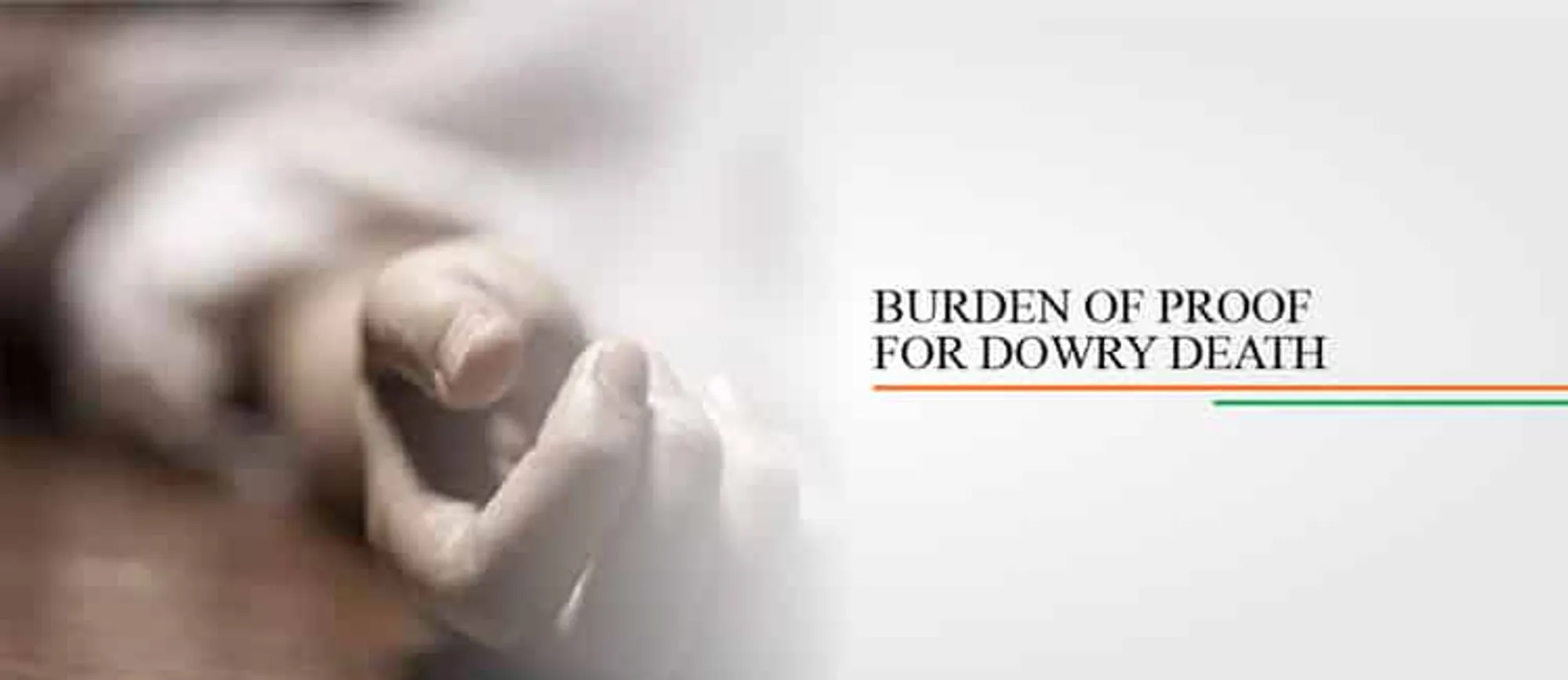Dowry death is the unnatural death of women who are either murdered or driven to suicide through continuous torture or harassment by their husbands or his family in an attempt to extort dowry. Dowry is a sum of money as well as other material things given by the bride’s family to the groom’s family. these kinds of deaths are very upsetting and on the rise due to mans’ greed and degenerated social values. To tackle such issues the government of India passed the Dowry Prohibition Act 1961 and also introduced many provisions in IPC to take care of this issue, but the problem has such deep social roots that in a very few cases the accused is punished because it is very difficult to prove a dowry case.
Evidence is a very important factor in such cases. In cases related to dowry death there can be various forms of evidence, e.g. a letter by the deceased to her parents explaining her plight and torture by the family members of her husband or it can be communicated through any other means. In various cases, the presumptions can be raised against the accused only when the following criterion is fulfilled:
- If the accused is being tried for the offence under Section 304-B of IPC.
- The woman was subjected to cruelty or harassment by her husband or his relatives.
- Such cruelty was in connection with dowry demands.
- Such cruelty was soon before death.
Traditionally the burden of proof for culpability under the offence of dowry death lies on the prosecution to prove as to whether the accused or his family member ever demanded dowry. Without this being proved provisions of law cannot be invoked against the accused. But in Evidence Act it has been added that the accused would be held prima facia guilty if a woman dies within seven years of her marriage and there is enough evidence to prove cruelty against her.
But there have also been false cases against the accused or the husband and his family where the story told by the victim and her family does not in any way show either any cruelty by the husband or his family or even the correct facts of the case. in light of such a burning issue decision by the court should be taken by reviewing all the evidence on display and not to show over enthusiastic judicial power to give pseudo justice to the victim while the innocent accused is sent behind bars.

